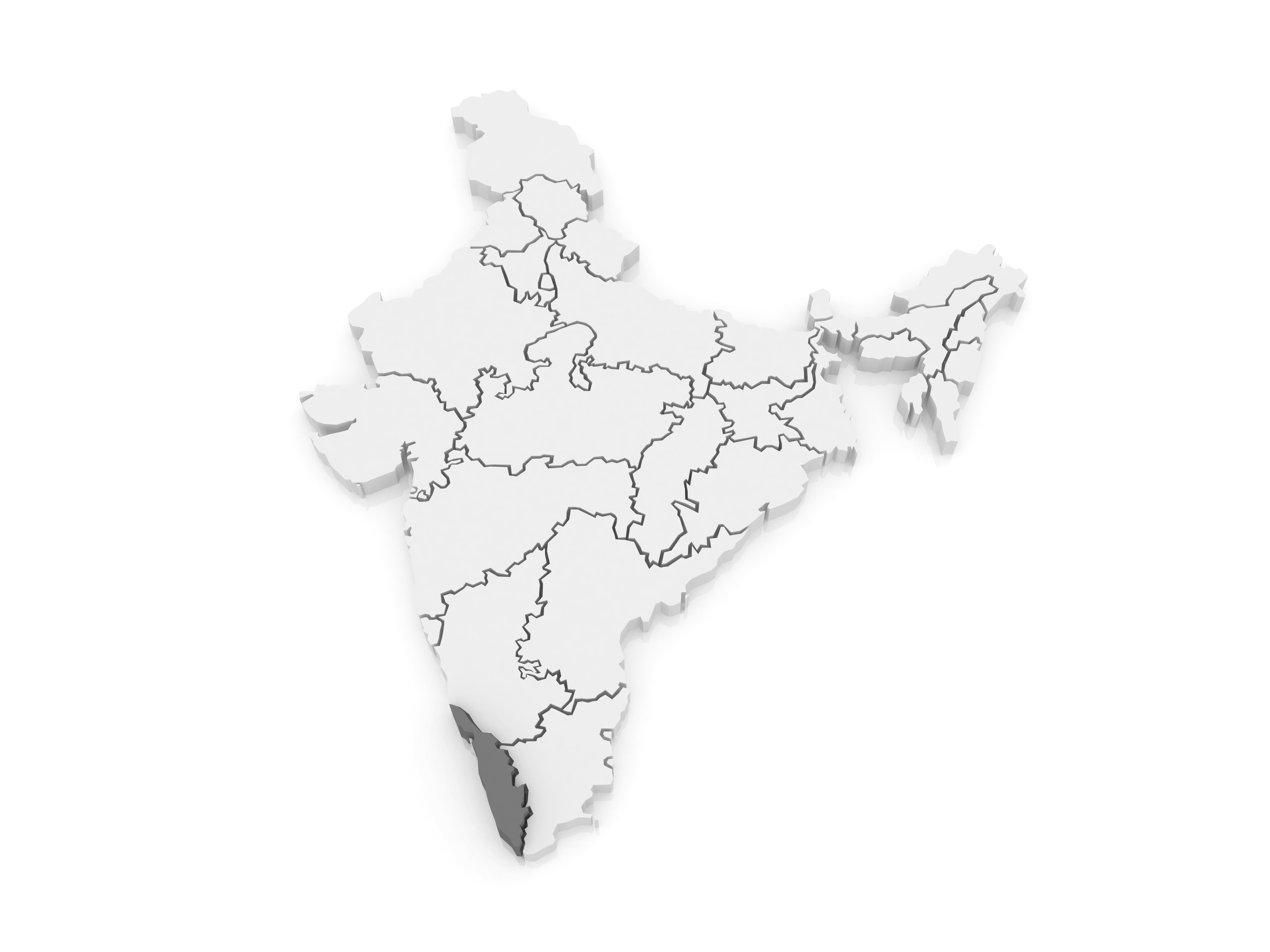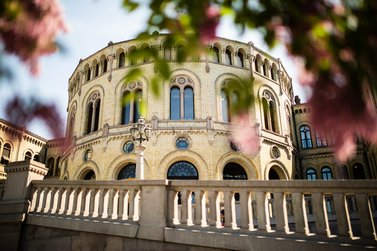The India Foundation: The beginning of Norwegian aid
The Foundation for Assistance for Underdeveloped Areas, or India Foundation as it was known, marked the beginning of Norwegian international development aid in 1952. Against the backdrop of the Marshall Plan and the burgeoning Cold War, there were persuasive political reasons for the initiative, over and above its purported purpose to assist India.

Norway’s focus on development aid started in earnest with the Norwegian Parliament’s (Stortinget) decision to establish the India Foundation (Indiafondet) in 1952. The act attracted international attention and in Denmark and Sweden, both admiration and envy.
After prolonged and secretive preparations, the India Foundation, or the Foundation for Assistance for Underdeveloped Areas (Fondet for hjelp til underutviklede områder) as it was formally known, was launched in 1952 under the slogan ‘Help to self-help’.
There were three distinct goals to be promoted by the Foundation:
- contributing to self-help in India,
- strengthening the West’s position in Asia in the global struggle against Communism, and
- strengthening public support for Norway’s foreign policy by giving it a positive dimension.
The Foundation’s sole development engagement was the Indo-Norwegian Fisheries Project in the Indian state of Kerala. In 1962, the Foundation was incorporated into the recently established Norwegian Agency for Economic Development (Norsk utviklingshjelp (NORAD)).
International development aid
Inter-state development aid has its origins in the late 1940s. In 1949, President Harry S. Truman presented the American Point Four Program for financial and technical assistance for developing countries. In the same year, the United Nation’s Expanded Programme for Technical Assistance (EPTA) was launched as a multilateral framework for development aid.
Development aid was far from a new phenomenon – both philanthropic associations such as the Rockefeller Foundation, as well as the Catholic Church, protestant denominations and the major colonial powers, including the United States, had run development programmes since the early twentieth century.
Formalised development cooperation between independent states was nevertheless a new phenomenon in international politics. It is almost impossible to imagine this phenomenon without the global struggle for power, and not least the Marshall Plan as inspiration.
The first Norwegian reaction to development aid
The Norwegian delegation to the United Nations was initially hesitant when EPTA was launched. Firstly, the delegation feared that the programme would make inroads into Norway’s scarce dollar reserves. Secondly, it argued that the United Nations, through EPTA, might lead developing countries to entertain a false hope of more substantial assistance.
However, only a few months later, Norway’s Foreign Minister Halvard M. Lange celebrated the EPTA as one of the most important initiatives that had happened at the United Nation’s General Assembly. In parliament, he pointed out that the aid programme would be a means of enhancing economic growth and welfare, which would help prevent future international conflicts.
There was a widespread contemporary perception that desperation and poverty provided fertile ground for totalitarian and aggressive ideologies and regimes.

In 1949, the UN's Expanded Programme for Technical Assistance was launched and Foreign Minister Halvard M. Lange espoused the view in parliament (pictured) that aid would enhance economic growth and prevent international conflict. Photo: Stortinget [the Norwegian Parlaiment], flickr.
Norway’s non-colonial past?
Ever since the inter-war period, prominent Norwegian politicians had underlined that Norway, as a country without a colonial past and a state that no one could accuse of promoting its narrow self-interests, had a particularly strong obligation to promote international peace and reconciliation. This approach was central when the India Foundation was launched.
Furthermore, lessons from the Marshall Plan were important. Norway had learned that assistance actually made a difference, and the assistance Norway received had created an even stronger moral obligation to help, especially since the United States had assumed by far the greatest burden in providing aid to the developing countries, or, as they were then known, the underdeveloped countries.
The global balance of power
In June 1950, Communist North Korea, encouraged by the Soviet Union and the recently installed Communist regime in China, attacked South Korea, which was under American protection.
the initiative would be as important for us, as a constructive and positive supplement to what we otherwise do in our foreign policy, as it would be for those who receive help
In Norway, from the Conservative Party (Høyre) across the political spectrum to the left wing of the Labour Party (Arbeiderpartiet), the Korean War was considered as a warning that the Cold War had gone global, and that India’s destiny was crucial for the outcome of the Cold War. The rearmament that took place in the wake of the Korean War created substantial tensions in domestic politics in Norway, especially within the Labour Party.
By launching a project for development aid in India, the governing Labour Party contributed to developing India, strengthened the West’s position in the global struggle for power, and strengthened the consensus around foreign policy, both within the party and also in the Norwegian body politic more generally.
Immediately after the launch of the project, the State Secretary at the Ministry of Foreign Affairs, Jens Boyesen, wrote to his good friend Hans Engen, who had recently been appointed as Norway’s ambassador to the United Nations:
“But obviously, we don’t want this to have a party-political flavor. On the contrary, it should gather the broadest possible support from all sides. There is no doubt that such a proposal would be extremely popular here. One could even say that the initiative would be as important for us, as a constructive and positive supplement to what we otherwise do in our foreign policy, as it would be for those who receive help.”
Further reading:
- Helge Pharo, 'The Indo-Norwegian Fisheries Project and the Modernisation of Kerala Fisheries', in M. Sheppardson and C. Simmons (eds.), The Indian National Congress and the Political Economy of India (Avebury; Aldershot, 1988) pp. 382-399.
- Helge Pharo, 'Altruism, Security and the Impact of Oil: Norway’s Foreign Economic Assistance Policy, 1958-1971' Contemporary European History, 12, 4, 2003, pp. 527-546.
- Helge Pharo, 'Entrepreneurship and Development Aid. The Case of the Indo-Norwegian Fisheries Project' in Helge Pharo and Monika Pohle Fraser (eds.), The Aid Rush Vol II (Unipub; Oslo, 2008) pp. 53-93.
Links:
- Thanks go to norgeshistorie.no for allowing us to translate this article. The original article in Norwegian can be found here: Indiafondet – norsk bistands begynnelse
- Norad - Norwegian Agency for Development Cooperation
